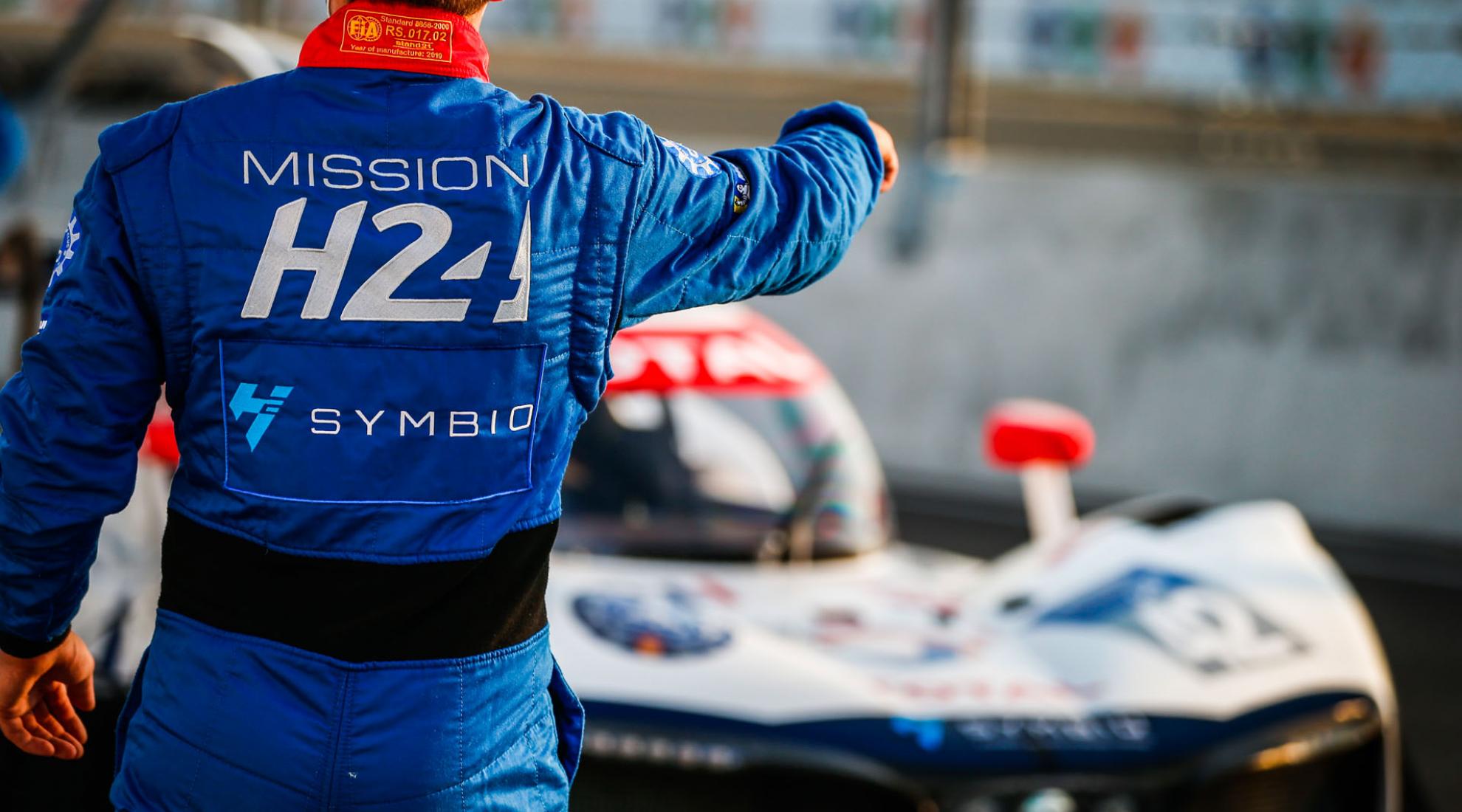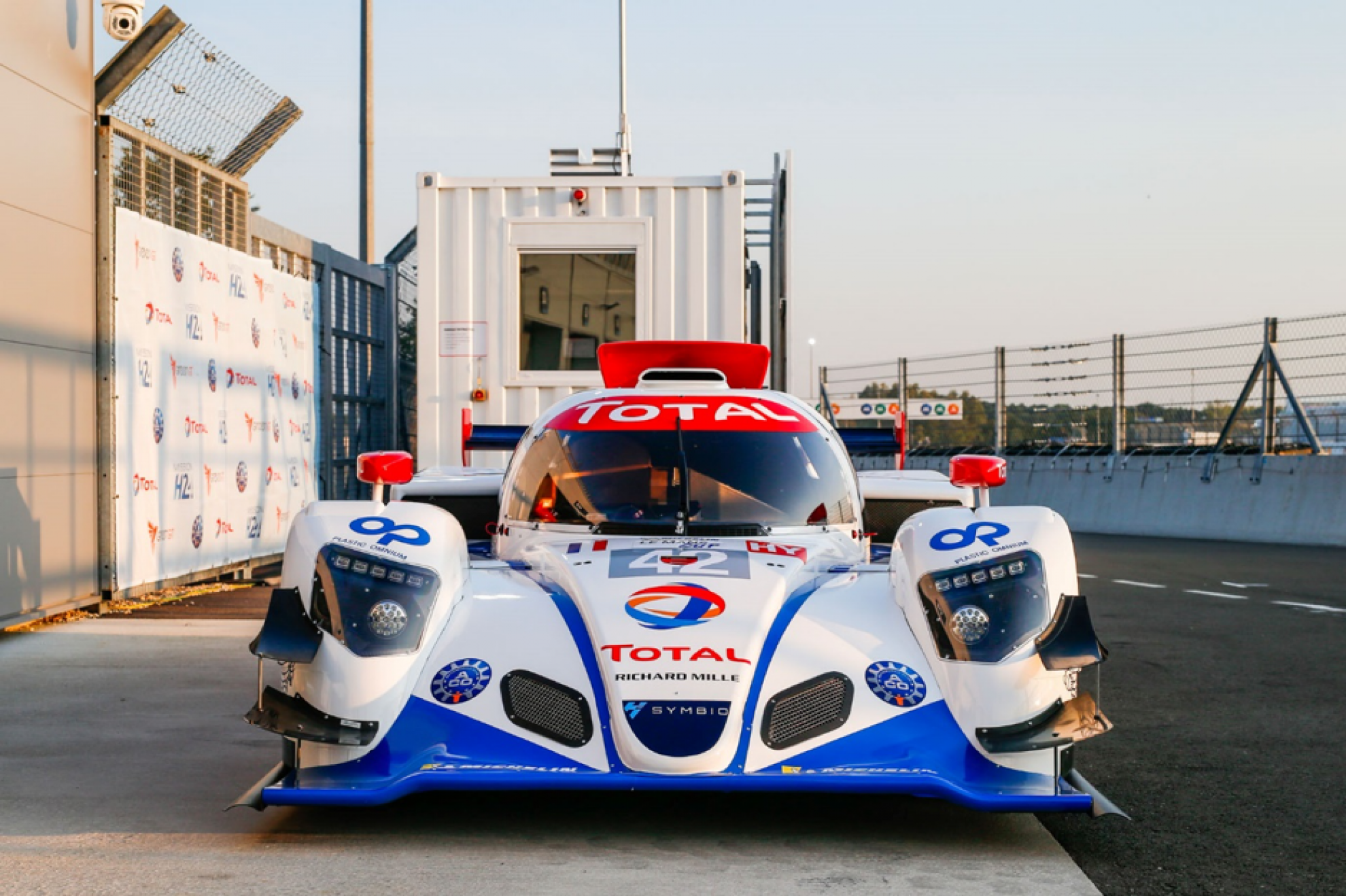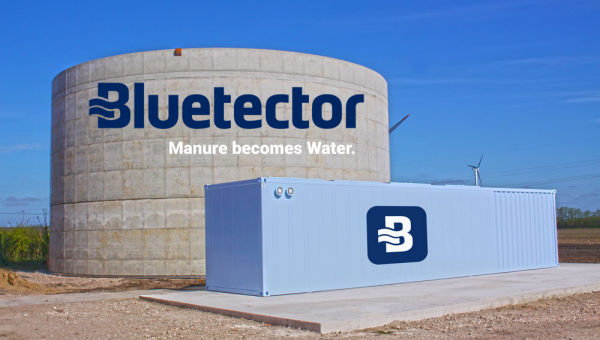Zero-carbon racing cars for 24 Hours of Le Mans

A racing car that leaves many sports cars trailing behind, capable of reaching a speed of over 300 km/h: this car clearly can’t belong to the cleantech world. And yet, the MissionH24 racing car from Swiss engineering laboratory GreenGT has a surprising distinctive feature: it only releases water vapour into the atmosphere!
From 2025 onwards, several hydrogen-powered vehicles will be competing at the prestigious racing events 24 Hours of Le Mans and Spa-Francorchamps in a special category. To this end, the Swiss company Green GT and the French automobile club ACO have joined forces in the MissionH24 project to develop the hydrogen fuel cell powertrain for all the cars participating in these races.
Since average speeds of 220 to 250 km/h are driven at Le Mans, a battery-electric car would have to be charged after only four to five laps. This would be too time-consuming, and changing the battery would be too dangerous. Thanks to the hydrogen propulsion, refuelling is only necessary around every 35 laps, and takes just under two minutes.
MissionH24 to promote hydrogen-powered vehicles
The ACO and GreenGT launched the MissionH24 initiative in September 2018 as a lead-in to the proposed zero-emissions hydrogen class. In the past few years GreenGT, with research offices at the EPFL Innovation Park in Lausanne, has developed two test vehicles under the MissionH24 banner.
The first car, known as the LMPH2G, was demonstrated on the full Le Mans circuit ahead of the 24 Hours in 2019 and subsequently ran during a free practice session of a Le Mans Cup round of the European Le Mans Series at Spa later in the year. A second generation of the car was shown at the rescheduled 2020 Le Mans in September 2020.
Belgian driver Stoffel Vandoorne is one of the three official test drivers of the new hydrogen-powered racing cars for MissionH24:
I've already gained a lot of experience with hybrid systems in Formula 1 and with electric cars in Formula E. I'm very happy with that. But hydrogen technology has been relatively little explored so far. It's a new technology and I'm excited to see what the future holds for us.

The MissionH24 prototype with a fully hydrogen-powered engine
The challenge of ensuring supply
The MissionH24 sports car is unique in that it is powered by the energy released as the result of oxidation when hydrogen reacts with oxygen inside a fuel cell. This energy is then transformed into electricity that directly powers the electric motors at the front and back of the vehicle. The range and refuelling time of electric vehicles powered by fuel cells are close to that of petrol cars. But the main difference is that fuel-cell-powered cars emit zero CO2.
Delivery trucks soon enter commercial operations
Racing cars is not the only field for the Vaud-based company. No matter whether household waste disposal trucks, tractor-cranes or firemen’s vehicles:
GreenGT is working together with various commercial partners on trucks and other large vehicles powered by hydrogen. In Switzerland, Migros Geneva, GreenGT and other partners formed the alliance Generation of Hydrogen GOH! with the aim to demonstrate the economic and technical viability of an entirely Swiss hydrogen sector. In France, a similar project with Carrefour and other partners is in its final testing phase before the start of commercial operations.
Swiss.tech will follow up on this story as soon as the first delivery trucks are driving around the Swiss or French streets with zero carbon emission.




